- Fujifilm Recipes
- Photography
-
-
- Photography School
- Basic Photography Techniques For Beginners
- Basic Portrait Shooting Guides
- Advanced Portrait Techniques
- Create Catchlights and Make Your Photos Pop
- Portrait Posing Guide
- Photography Mistakes (How To Fix Them)
- Shoot Dreamy Portraits
- Diffusion Filters Guide
- Use Vintage Lens On Fujifilm
- Store Film Recipes Custom Settings
- Best FujiFilm Camera Gear For Vacation
- Best Lens FX Filters For Photos & Videos
- Types Of Photography Books
- Hire Personal Travel Photographer
- Photography School
-
-
- HIFI Music
-
-
- Turntable Setup Guide
- Vinyl Hi-Fi Setup Beginner’s Guide
- Hi-Fi Record Players for Vinyl Enthusiasts
- Integrated Amplifiers For Turntables
- Best Vintage Integrated Amplifiers
- Small Tube Amplifiers For Turntables
- Budget Phono Preamps for Turntables
- Best Bookshelf Speakers For Turntables
- Rega Planar 1 Turntable Review
- Sony PS-LX310BT Turntable Review
- Turntable Setup Guide
-
- Travel
- Reviews
- Guides
- Gallery
- Shop


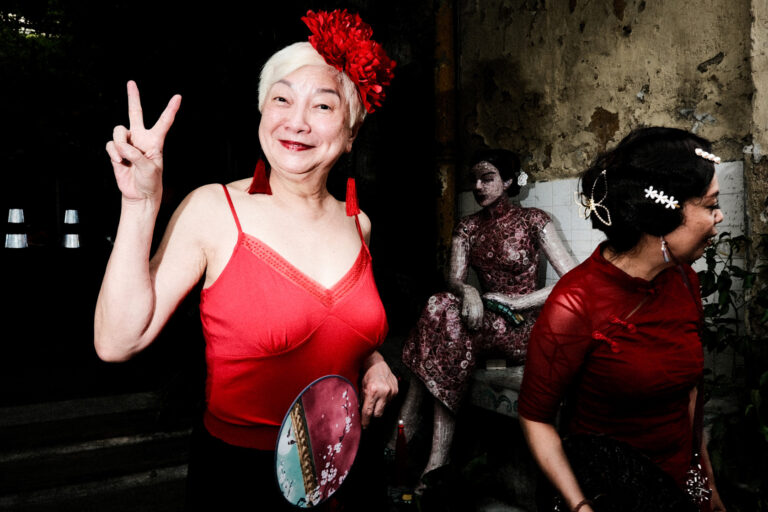
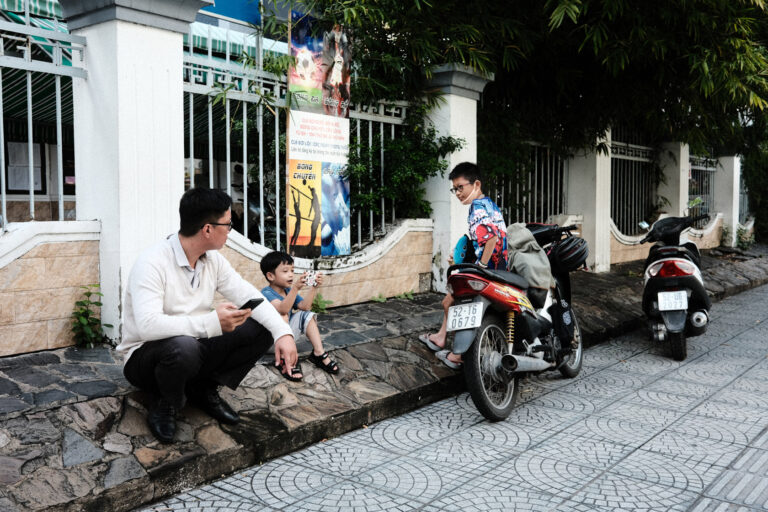
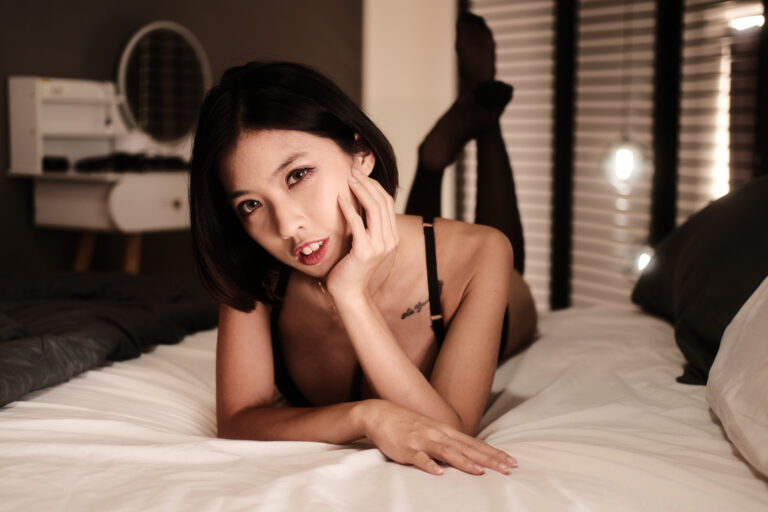
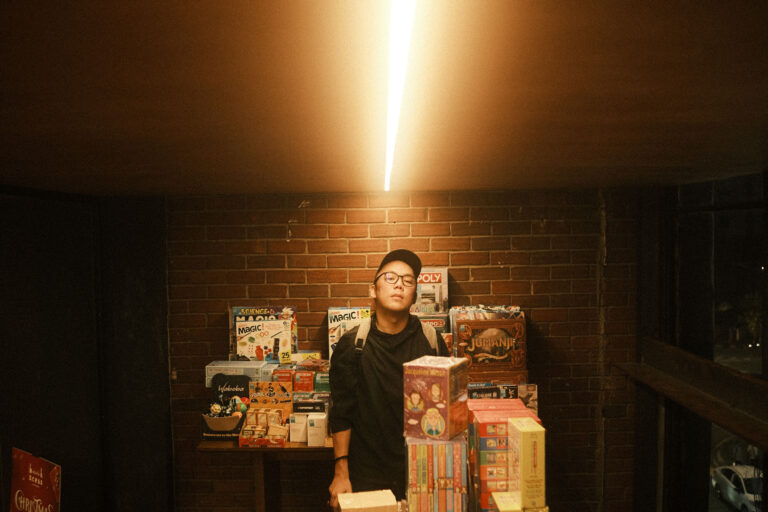
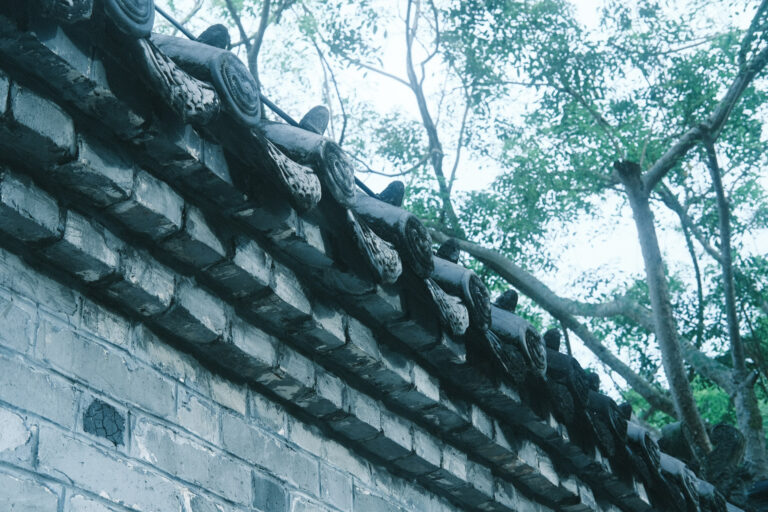

2 Responses
Is there a way I could replicate this with an XT20? Also, do you have a Film Simulation closest to In the Mood For Love with Fuji?
Hi James, you’re still able to use this recipe. However, there will be a slightly reduced shadow, though it may not be very noticeable. Give it a try! And if you are referring to the In the Mood For Teal, currently there no yet available for other film simulations
Best Regards,
Ivan